Vietnamese tourism businesses are looking to tap into the American market, considering it a significant opportunity.
According to statistics, American tourists spend an average of around $1,709 when visiting Vietnam, ranking third among the countries with the highest-spending tourists in Vietnam, behind the Philippines and Belgium.
Recognizing the potential of the American market, the Ho Chi Minh City Tourism Department and several large Vietnamese tourism companies plan to travel to the United States in October 2023 to promote tourism activities in both the Eastern and Western regions of the country.
Pham Ha, the founder and CEO of LuxGroup, views the United States as a market with enormous potential, especially after President Joe Biden’s visit to Vietnam, which marked a new chapter in the relationship between the two countries.
According to data from the General Statistics Office, international visitors to Vietnam in the first eight months of 2023 reached over 7.8 million, equivalent to 98% of the target set for the year. Among them, the number of American tourists reached nearly 503,000, ranking third among the highest influx of tourists to Vietnam, only surpassed by South Korea and China.
Despite the pandemic’s disruption, when Vietnam reopened in 2022, the number of American visitors reached 308,000, second only to South Korean visitors.
American tourists spend an average of $1,709 when visiting Vietnam, ranking third among the highest-spending tourists, following visitors from the Philippines and Belgium.
Pham Ha mentioned that American tourists typically spend 15-45 days traveling each year, often visiting Vietnam and then traveling to nearby countries like Thailand, Laos, or Cambodia before returning to Vietnam.
“American tourists make up 10% of LuxGroup’s annual visitors, but their spending is double, triple, or even ten times that of tourists from other markets,” Pham Ha shared, with LuxGroup aiming to increase this percentage to 30% by 2030.

According to global media, besides the rich cultural and historical experiences, Americans are drawn to Vietnam for its colorful way of life in the S-shaped land. Vietnam is seen as a safe, friendly, and attractive destination with a significantly lower cost of living compared to the United States, offering Westerners the chance to enjoy luxurious experiences they might not afford at home.
High-end tourists from markets like the United States and Europe prefer exploration and unique experiences. They enjoy immersing themselves in local life, whether it’s in bustling city streets or serene rural landscapes.
Tailored experiences with a high degree of personalization, like those provided by LuxGroup, leave unforgettable impressions, turning each tourist into a brand ambassador for the company and for Vietnam’s tourism.
Despite the potential, the Chairman of LuxGroup noted that Vietnam has never received one million American tourists in a year, and the figure of over 500,000 visitors in the past eight months is still relatively low compared to the demand from Americans, considering that many of them are Vietnamese expatriates returning home.
Data from the U.S. Travel Association shows that, excluding the two pandemic years, an average of over 90 million Americans travel internationally each year.
A recent report indicates that 21.8% of Americans plan to travel abroad within the next six months, a 17.7% increase from the previous survey, despite overall consumer confidence in the United States decreasing due to inflation concerns.
Clearly, there is substantial room for Vietnam’s tourism industry to exploit. However, it will require significant efforts from all parties involved, according to Pham Ha.
To achieve this, he believes that a strong focus on the quality of tourism products is essential, particularly in creating unique experiences for customers that fulfill their expectations in Vietnam. With a habit of extended travel and a preference for experiential tourism, well-designed tours tailored to each customer segment will be crucial to ensure that trips are not only enjoyable but also leave a lasting impact, making tourists want to return and share their special experiences with others.
Additionally, to satisfy high-spending customers’ demands for quality, including American tourists, Pham Ha suggests dividing markets and collaborating with embassies to conduct deeper research into the travel insights of each market. This will enable businesses to develop suitable products and promotional strategies that highlight key attractions.
Furthermore, Vietnam should establish overseas promotion offices, as it competes with many other destinations, both within and outside the region, that are applying attractive policies to attract tourists, and vigorous promotional activities are essential.
“Vietnam needs to have a more open policy rather than the somewhat unfriendly one it has now. Apart from experiential travelers, high-income Americans seeking beautiful landscapes, friendly people, and a peaceful life should also be considered a target customer group,” Pham Ha said.

He also emphasized that localities should be more proactive, dynamic, and creative in promoting and marketing tourism, combining resources from the public and private sectors to effectively tap into target markets. Ho Chi Minh City’s dynamism in promoting international markets serves as a notable example.
Pham Ha noted that LuxGroup’s October trip with the Ho Chi Minh City Tourism Department is one of the company’s overseas promotional activities. Currently, the company is also seeking representatives in target countries to connect more American tourists with Vietnam. LuxGroup is actively promoting and marketing through online channels.
He expressed his hope that local tourism departments and the Vietnam National Administration of Tourism could create high-quality “music” with even better promotional content for Vietnam as Thail did. Vietnam should set more ambitious and resolute goals for implementation,” Pham Ha said.

